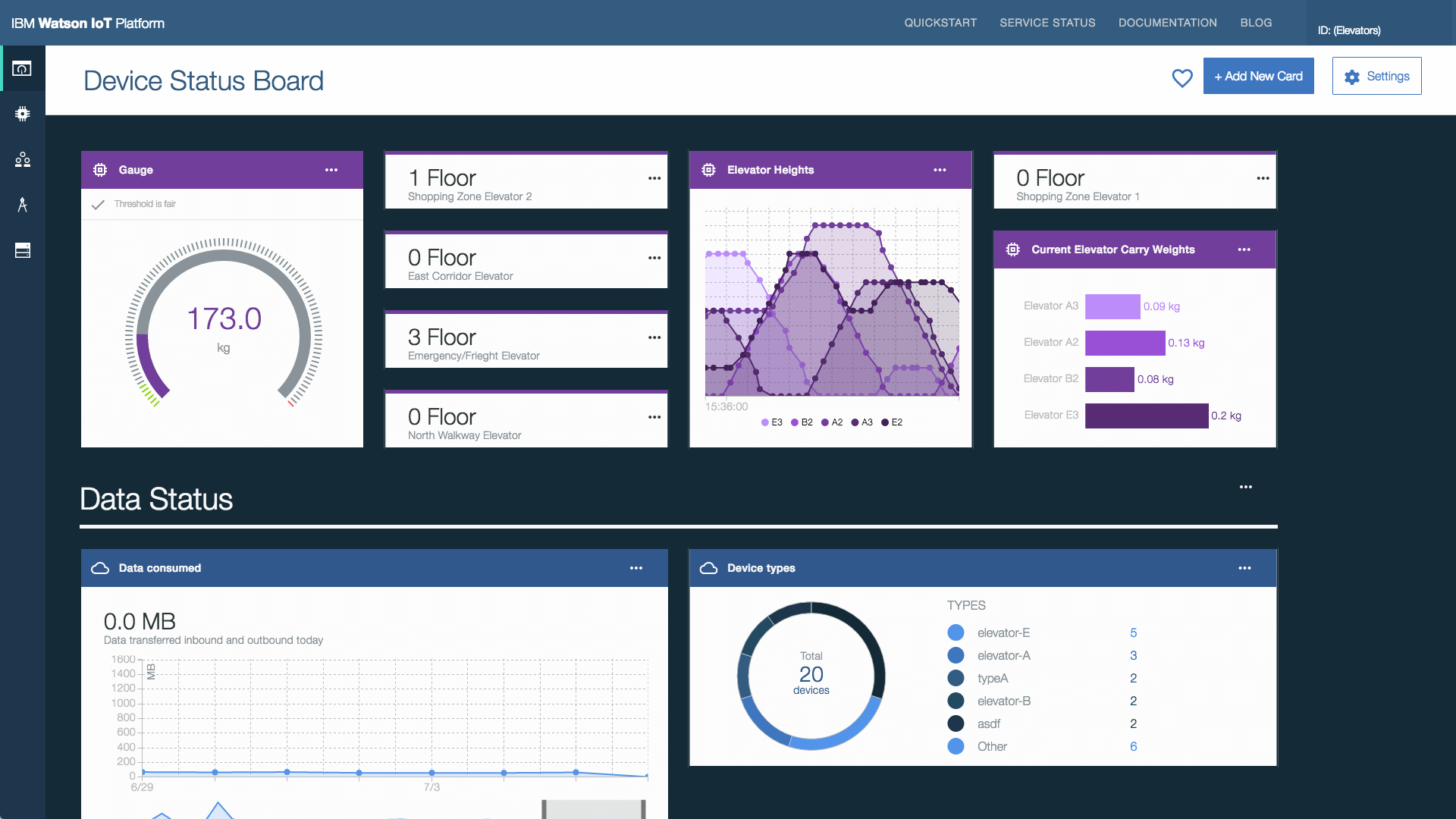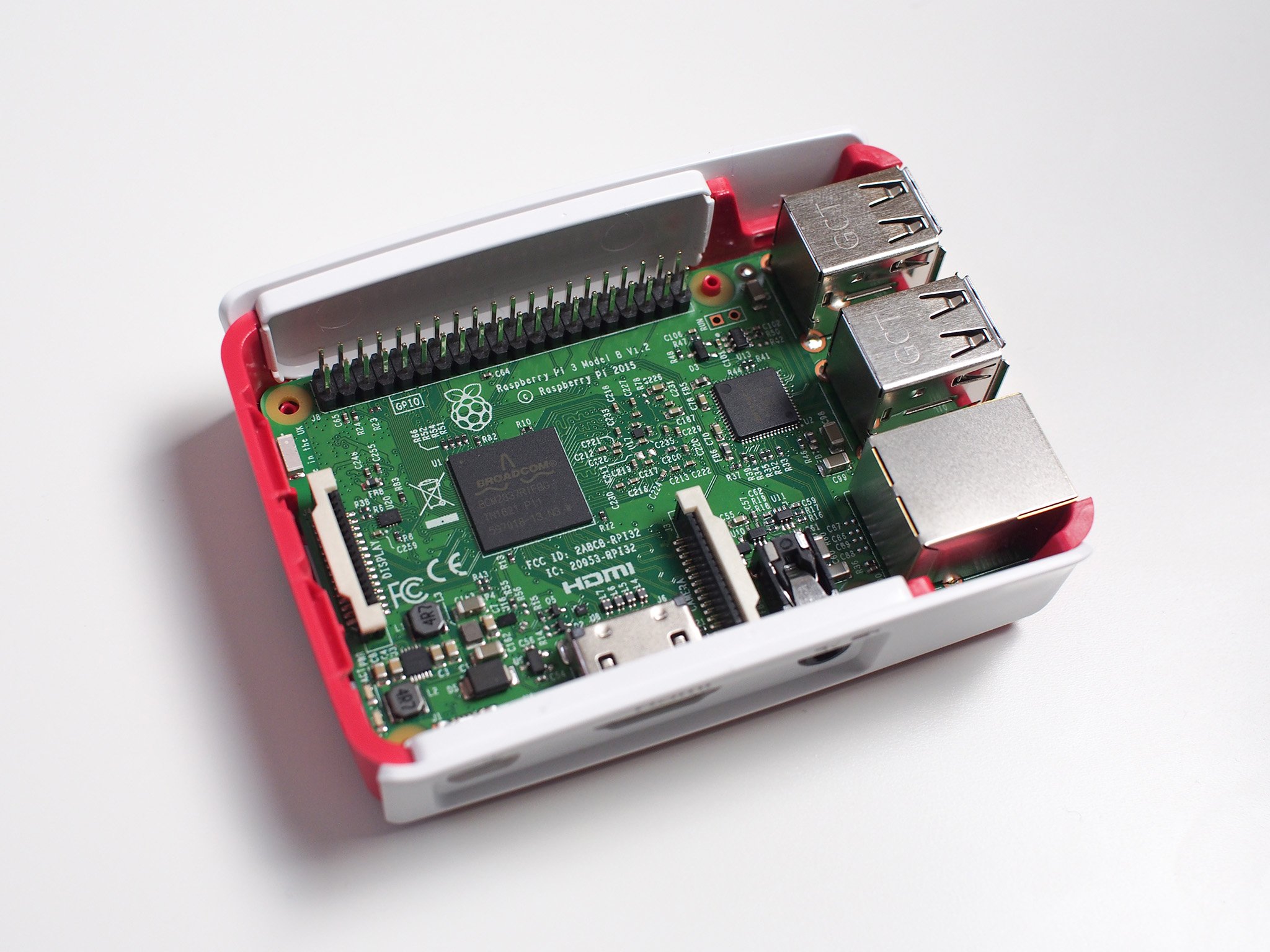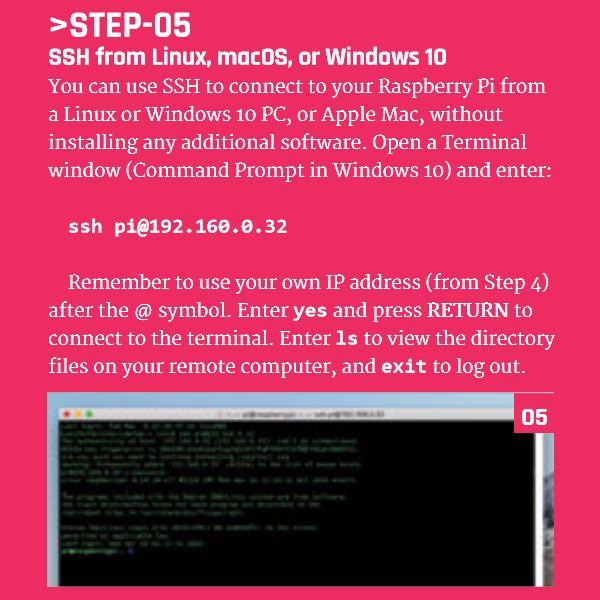Unlock The Power Of Remote IoT Platform SSH: Free Download For Windows 10
Hey there, tech enthusiasts! Are you ready to dive into the world of remote IoT platforms and take control of your devices from anywhere in the globe? If you're searching for a reliable way to set up SSH on Windows 10 without breaking the bank, you're in the right place. Today, we're going to explore everything you need to know about remote IoT platform SSH and how you can download it for free on your Windows 10 system. So, grab your favorite beverage, and let's get started!
Imagine being able to access your IoT devices from the comfort of your couch or even from across the world. That's the power of SSH—Secure Shell. It’s not just a buzzword; it's a game-changer for anyone working in the IoT space. Whether you're a hobbyist or a professional, understanding how to set up and use SSH on Windows 10 can open doors to endless possibilities.
This guide isn’t just about downloading software; it’s about empowering you with the knowledge and tools to make the most out of your IoT setup. From understanding the basics of SSH to troubleshooting common issues, we’ve got you covered. So, whether you're a seasoned pro or a newbie in the tech world, this article is designed to help you every step of the way.
- Michael Michele From New Jack City To Er A Biography
- Nikki Catsouras Porsche Crash Photos Leak The Aftermath Explained
What is Remote IoT Platform SSH and Why Should You Care?
Understanding SSH: The Backbone of Secure Connections
SSH, or Secure Shell, is like the secret handshake of the tech world. It’s a protocol that allows you to securely connect to remote devices over an unsecured network. Think of it as a shield that protects your data and commands as they travel across the internet. For IoT enthusiasts, this is crucial because it ensures that your devices remain secure and under your control, no matter where you are.
Now, you might be wondering, why should you care about SSH when there are so many other tools out there? Well, SSH offers a level of security and reliability that few other protocols can match. It’s like having a personal bodyguard for your data, ensuring that only authorized users can access your IoT devices. Plus, it’s incredibly versatile, working seamlessly with a wide range of devices and operating systems, including Windows 10.
Benefits of Using SSH for IoT Devices
Here’s a quick rundown of why SSH is a must-have for anyone working with IoT platforms:
- Dominos Brooklyn Style Pizza Thin Crispy Delicious
- Elon Musk Cultural Christian Shift Sparks Debate Analysis
- Security: SSH encrypts all data transmitted between your device and the server, making it nearly impossible for hackers to intercept your information.
- Reliability: With SSH, you can be confident that your commands will be executed accurately, even over long distances.
- Flexibility: Whether you're managing a single device or an entire network, SSH can handle it all.
- Cost-Effective: Many SSH clients and servers are available for free, making it an affordable solution for both personal and professional use.
Setting Up SSH on Windows 10: A Step-by-Step Guide
Preparing Your System for SSH
Before we dive into the nitty-gritty of setting up SSH, let’s make sure your Windows 10 system is ready to roll. First things first, ensure that your system is up to date. This means installing the latest updates and patches from Microsoft. Trust me, you don’t want to skip this step—it’s like giving your car a tune-up before a long road trip.
Next, check if the OpenSSH client and server are already installed on your system. Starting with Windows 10 version 1809, OpenSSH is included as an optional feature. If it’s not already installed, don’t worry—adding it is a breeze. Just head over to Settings, click on Apps, and then scroll down to Optional Features. From there, you can add the OpenSSH client and server with just a few clicks.
Installing OpenSSH on Windows 10
Now, let’s get our hands dirty and install OpenSSH. Here’s how you do it:
- Open the Start menu and search for "Turn Windows features on or off."
- Scroll down until you see OpenSSH Client and OpenSSH Server.
- Check the boxes next to both options and click OK.
- Restart your computer to complete the installation.
And just like that, you’re ready to start using SSH on your Windows 10 system. Easy, right?
Downloading Free SSH Clients for Windows 10
Exploring Popular SSH Clients
While Windows 10 comes with its own SSH client, there are plenty of other options out there that offer additional features and flexibility. Here are a few of the most popular SSH clients you might want to consider:
- PuTTY: A classic choice for many users, PuTTY is lightweight, easy to use, and packed with features.
- WinSCP: If you need to transfer files over SSH, WinSCP is a great option. It’s user-friendly and offers both a graphical interface and command-line support.
- Bitvise SSH Client: This client offers advanced features like SFTP and terminal emulation, making it a powerful tool for more advanced users.
Each of these clients has its own strengths and weaknesses, so it’s worth trying a few to see which one works best for you.
Where to Find Free SSH Clients
When it comes to downloading SSH clients, it’s important to stick to reputable sources. Here are a few trusted websites where you can download free SSH clients:
Remember, safety first! Always download software from official or trusted sources to avoid any nasty surprises.
Configuring SSH on Your IoT Devices
Setting Up SSH on Raspberry Pi
One of the most popular IoT devices out there is the Raspberry Pi. Setting up SSH on this little powerhouse is a snap. Here’s how you do it:
- Insert your Raspberry Pi’s microSD card into your computer.
- Create a new file called "ssh" (without any file extension) in the boot directory of the microSD card.
- Remove the microSD card and insert it back into your Raspberry Pi.
- Power on your Raspberry Pi and use an SSH client to connect to it.
That’s it! Your Raspberry Pi is now ready to accept SSH connections.
Securing Your IoT Devices with SSH
Security should always be at the forefront of your mind when working with IoT devices. Here are a few tips to help you keep your devices safe:
- Use Strong Passwords: Avoid using common or easily guessable passwords. Instead, opt for strong, unique passwords for each device.
- Enable Two-Factor Authentication: If your device supports it, enabling two-factor authentication adds an extra layer of security.
- Keep Software Updated: Regularly update your device’s firmware and software to patch any security vulnerabilities.
Troubleshooting Common SSH Issues
Connection Problems
One of the most common issues users face when setting up SSH is connection problems. If you’re having trouble connecting to your device, here are a few things to check:
- IP Address: Make sure you’re using the correct IP address for your device.
- Port Number: By default, SSH uses port 22. Ensure that your firewall isn’t blocking this port.
- Network Configuration: Verify that your device is connected to the same network as your computer.
Authentication Failures
If you’re getting authentication errors, double-check your username and password. It’s also a good idea to ensure that SSH is enabled on your device and that your user account has the necessary permissions.
Advanced SSH Techniques for IoT Platforms
Using SSH Tunnels
SSH tunnels are a powerful tool that allow you to securely access services on remote devices. For example, you can use an SSH tunnel to access a web server running on your IoT device from anywhere in the world. Here’s how you set it up:
- Open your SSH client and enter the command:
ssh -L 8080:localhost:80 user@remote_device_ip - Open a web browser and navigate to
http://localhost:8080.
Voila! You’re now accessing your web server through an encrypted SSH tunnel.
Automating SSH Connections
For those who want to streamline their workflow, automating SSH connections can save a ton of time. Tools like SSH keys and scripts can help you log in to your devices without entering a password every time. Just be sure to keep your private keys secure!
Conclusion: Take Control of Your IoT World
Well, there you have it—everything you need to know about remote IoT platform SSH and how to download it for free on Windows 10. From understanding the basics of SSH to setting up and securing your devices, we’ve covered a lot of ground. Remember, the key to success with SSH is to stay informed and keep your systems up to date.
So, what are you waiting for? Dive into the world of IoT and take control of your devices from anywhere in the world. Don’t forget to share your experiences and tips in the comments below. And if you found this article helpful, why not check out some of our other guides? Happy tinkering!
Table of Contents
- What is Remote IoT Platform SSH and Why Should You Care?
- Setting Up SSH on Windows 10: A Step-by-Step Guide
- Downloading Free SSH Clients for Windows 10
- Configuring SSH on Your IoT Devices
- Troubleshooting Common SSH Issues
- Advanced SSH Techniques for IoT Platforms
- Bibb County Jail Inmate Search Find Inmates Info Now
- Heather Burns From Youve Got Mail To Miss Congeniality Explore Her Films

Unlock The Power Of Remote IoT Platform SSH Free Download For Windows 10

Mastering Remote IoT Platform SSH Raspberry Pi Download On Windows 10

Free Remote IoT Platform SSH For Raspberry Pi On Windows? Download Now!